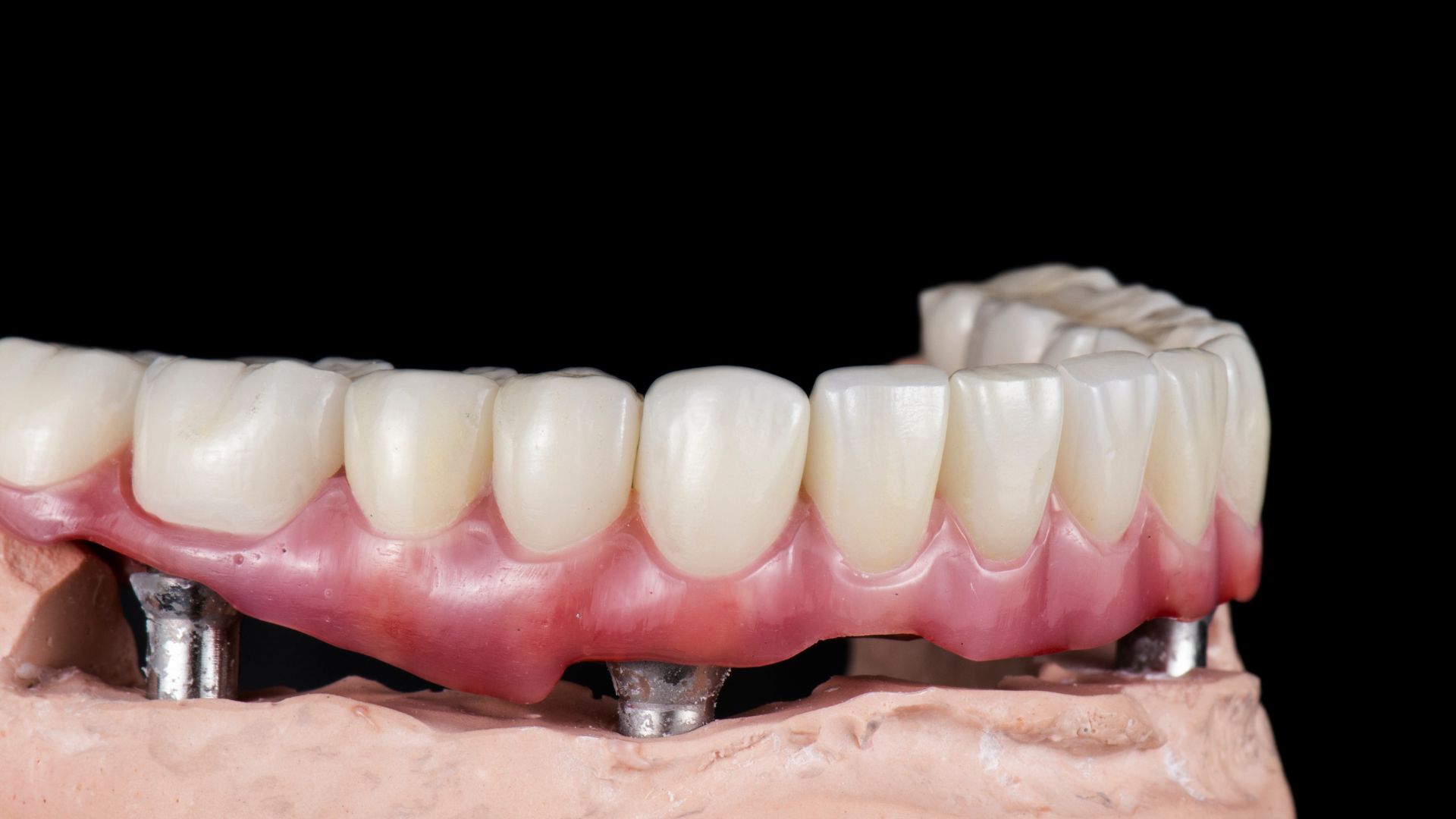
Comparing All on 4 with Traditional Dental Implants
- Four dental implants are sufficient for the prosthesis in all on four technique. In the classical implant, eight dental implants are used separately for the lower and upper jaw of the patient.
- In other conventional implants, eight implants are placed in the upper jaw and 8 in the lower jaw. Since the number of screwed dental implants carrying the chin prosthesis is high, the weight of the prosthesis distributed to each is less. In the All-On-Four technique, this weight is carried by 4 teeth. Therefore, the all on four implant is heavier than the conventional implant.
- The treatment cost is low in all on four implant technique. The treatment is completed in a short time. Full mouth implant treatment is more expensive than all on four implant treatment, and the treatment is completed in a longer time.
- There is no need for bone grafting in the all-on-four technique. If a bone graft is needed for the jaw rehabilitation of the patient in a full mouth implant, this advanced surgical procedure should be performed.
- In All on four, implants and temporary dental prostheses are placed at the same appointment. In conventional implants, a temporary prosthesis is only inserted once a permanent prosthesis is.
- While the patient is not toothless at any stage of the All on four treatment, there may be periods when the patient is toothless in the full mouth implant treatment.
- Edema in the gingiva due to neglect or any reason in the natural process can lead to destruction. If the destruction of the gums deepens, the tissues around the artificial tooth root or screwed tooth are damaged, and the implanted tooth may be lost. The entire jaw prosthesis is also lost if a single dental implant is lost in the All-on-four technique. The treatment needs to be repeated.
For more detailed information, please contact us or visit us at our dental clinic.
